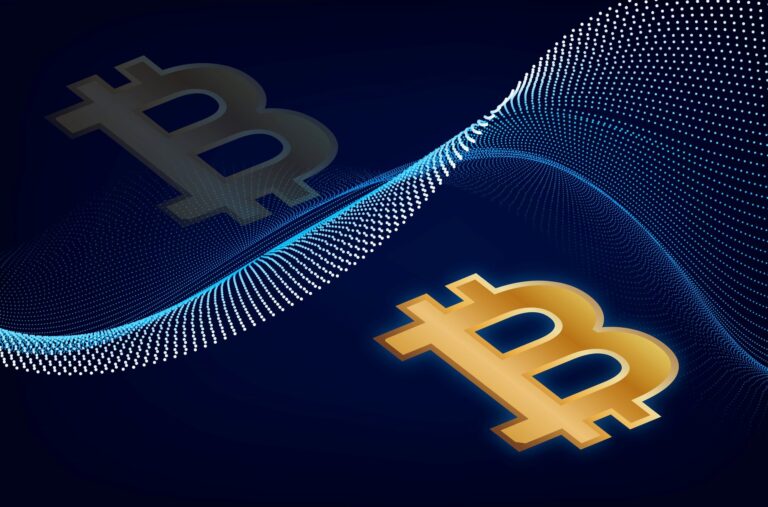Slippage refers to the difference between the expected price of a trade and the actual price at which it is executed. It occurs when market conditions change rapidly between order placement and execution.
Slippage is common in volatile markets, especially in cryptocurrency trading. It can be either positive (better price than expected) or negative (worse price than expected). High slippage usually happens in low-liquidity markets or during periods of extreme price fluctuations.
How slippage Occurs:
Slippage happens when there is a mismatch between the buy and sell prices of an asset at the time of execution. For example, if a trader places a buy order for a cryptocurrency at $100, but by the time the trade is executed the price has risen to $102, the trader experiences negative slippage. On the other hand, if the price drops to $98, it results in positive slippage.
Factors influencing slippage include market volatility, low liquidity, and large trade sizes. It is particularly noticeable in decentralized exchanges (DEXs), where automated market makers (AMMs) adjust prices dynamically based on available liquidity.









